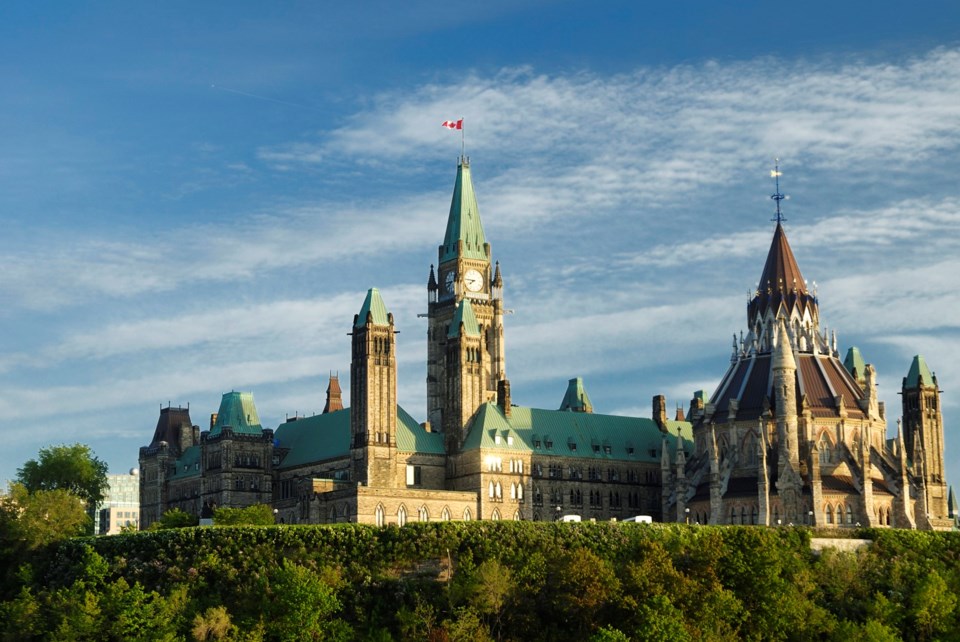No matter how many Christmas pounds you put on over the holidays, you can take some joy in knowing you’re still not as bloated as Prime Minister Justin Trudeau’s government.
A good New Year’s Resolution for Trudeau would be to slim down Ottawa’s ballooning bureaucratic belly.
According to the Parliamentary Budget Officer, when Trudeau took office, the federal bureaucracy cost taxpayers around $39 billion. By 2022, the cost of the bureaucracy ballooned to almost $61 billion.
Even after factoring in inflation, taxpayers are paying more than $13 billion more per year to sustain the bureaucracy.
A federal hiring spree explains a big part of that increase. The feds hired 98,268 extra bureaucrats since Trudeau took over as prime minister – an almost 40 percent increase.
Ask yourself: are you getting 40 percent better service from the feds? Unless you work for the government and collect a bigger taxpayer-funded paycheque, the answer is a big fat NO.
On top of more bureaucrats, taxpayers are also paying for higher salaries and bonuses.
Between 2020 and 2022, the feds handed out 802,043 pay raises, according to access-to-information records obtained by the Canadian Taxpayers Federation.
The feds employ about 400,000 people. That means that while many Canadians were losing their job or business during the pandemic years, a huge portion of federal staff took multiple raises.
When Trudeau came to power in 2015, 43,424 federal bureaucrats were collecting a six-figure salary. By 2022, that number more than doubled to 102,761.
The Trudeau government also dished out more than $1 billion in bonuses despite government departments tripping over themselves while attempting to deliver services.
Every year, about 90 percent of government executives take a bonus. Last year, the average bonus for government executives was more than $18,000.
The government publishes data tracking its performance results over the last five years. And 2022 was the only year government departments met more than half of their performance targets. They met 50.4 percent of their targets that year.
In the real world outside of Ottawa, people get shown the door if they can’t meet half of their performance targets; they’re not given an $18,000 bonus.
The average compensation for each full-time federal employee is $125,300 when pay, pension, paid time off, shift premiums and other benefits are considered, according to the PBO.
Meanwhile, data from Statistics Canada suggests the average annual salary among all full-time workers is about $67,000.
After crunching the numbers, the Fraser Institute found government employees receive nine percent higher wages than their counterparts in the private sector.
Government employees are also more likely to receive a workplace pension, a defined benefit pension, retire earlier, have more job security and take more personal days than workers in the private sector.
And here’s why all this matters: Canadians pay too much tax because the federal government spends too much money. And the bureaucracy consumes more than half of the federal government’s day-to-day spending.
To reduce taxes and extinguish the $40-billion deficit, the federal government – regardless of who’s in power – will need to take air out of the ballooning bureaucracy.
Trudeau’s resolution for the New Year should be to introduce his bloated bureaucracy to the treadmill.
Franco Terrazzano is the Federal Director of the Canadian Taxpayers Federation.




